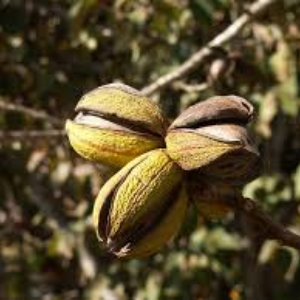types of tree nuts in nc
Dan Mullen Flickr CC BY-NC-ND 20. 14 Silky DogwoodCornus amomum.

Juglans Nigra Black Walnut North Carolina Extension Gardener Plant Toolbox
The broadest way to categorize trees is by their seed development.
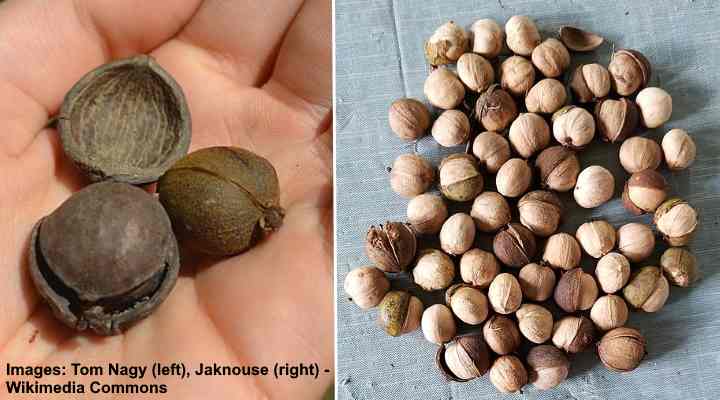
. Grow seeds nuts and fruits for squirrels and other mammals. Since the 1970s The North Carolina Champion Tree Program has recognized and celebrated the states largest trees. Recently we have been focusing our efforts on aligning the State Program with the National Program.
Widely used in wetlands and riparian restoration. Click on identify and then select the image that looks most like the plant you are trying to identify. As with other types of popular nuts cashew nuts are a good source of nutrients.
Butternut trees are short compared to most nut trees reaching an average height of 18 meters and living around 75 years. In most gymnosperms the seeds are produced on the surface of the scales of female cones and are pollinated by wind. Macadamia Macadamia integrifolia Slice of ChicFlickr.
Roasted and ground beech nuts are said to make a pleasing coffee substitute. Beta Version getting better every day. Tree fruit information is specific to North Carolina production with valuable support and information shared from Extension Agents growers and industry experts.
Recommended fruit and nut tree crops for central North Carolina include apples chestnuts figs pears Asian and European pecans persimmons American and Asian and plums. The shellbark hickory Carya laciniosa is a shaggy gray-bark speciesThis hickory grows up to 75100 feet. The most common types of hickory trees are shagbark hickory Carya ovata and shellbark hickory also called kingnut or Carya laciniosa.
As the North Carolina Cooperative Extension service explains those native trees are doing much more than they appear to. This publication will focus on the three main tree fruits produced for market in North Carolina. Berries eaten by many animal species are poisonous to humans.
Pecan Carya illinoensis John and Anni WiningsFlickr. Consider the color of the foliage when identifying trees native to North Carolina. Featuring native and naturalized trees of North Carolina.
The black walnut although most abundant in the piedmont can be found throughout the state usually in low-lying areas where the soil is. Hickory trees are notoriously slow-growing making them one of the hardest tree species to transplant because of their long taproot. Identification of Trees 1 Eastern White Pine 6 Shortleaf Pine 7 Loblolly Pine 8 Longleaf Pine 9 Pitch Pine 10 Virginia Pine 11 Pond Pine 12 Table Mountain Pine 13 Red Spruce 14 Eastern Hemlock 15 Fraser Fir 16 Baldcypress 17 Atlantic White Cedar 18 Eastern Red Cedar 19 Black Willow 20 21 Swamp Cottonwood 22 Eastern Cottonwood 23 Black Walnut 24.
Compared to other edible nuts cashews have more carbs with. There are 18 species of hickory trees 12 of which are native to North America. A Free On-Line Plant Identification tool.
Cooperative Extension Horticulture Specialist and Associate Professor Tree Fruits Pecans Image by Lucy Bradley Dr. The blue-green thread-like leaves of the pond cypress are held upright and turn orange yellow and red in the fall. Butternut Tree The butternut or white walnut looks much like a smaller black walnut 40 to 80 feet with lighter.
Having a variety of different native trees compounds those benefits. Cashews are a type of white nut that is a variety of tree nut. The Leyland cypress is a coniferous evergreen tree.
NC States tree fruit research is based on this foundation. Conifers - such as pines hemlocks. Their serrated and oval-shaped leaves which can usually be found near the ends of branches in bunches of 5 to 17 and their signature Hickory nuts are a great way to identify them.
Mike Parkers profile and contact information Comprehensive Guide to Growing Fruit Trees in North Carolina NC Peach Portal. Peach Growers Information Research-based information specific to North Carolina peach production from. Includes images of bark twigs leaves reproductive organs as well as distribution maps.
In addition to these main crops information is also included for pears persimmons plums nectarines Asian pears and figs because they grow well in North Carolinas temperate climate. Some types of trees with fall nuts include chestnut American beech butternut shagbark hickory and oak trees which produce various types of nuts to harvest. Provide protective cover for local wildlife.
Two species of walnut trees among the least plentiful hardwoods found in the states commercial forest land are native to North Carolina. Hickory trees have relatively small hard nuts wide or rounded leaflets and deep-vertical furrows. Success in horticulture necessitates a multi-disciplinary approach.
Hickory trees are well-known for their edible nuts. The guidelines for the program state that only tree species listed in the Checklist of United States Trees Native and. Thicket forming medium shrub 6-10 feet tall yellowish-white flowers are used by pollinators.
The macadamia introduced to Hawaii from Australia in the late 19th century can also grow and produce well in small regions of southwestern California and southern Florida. Cashew nuts are one of the best nuts to eat for protein vitamin K and important minerals such as calcium magnesium copper and potassium. Peaches apples and pecans.
Wild butternuts are found on hillsides and along stream banks. New foliage on devils walking stick emerges bronze. Gymnosperms JIM-no-sperms are plants that have naked seeds - seeds that are not enclosed in flowers or in fruit.
Star-shaped leaves and spiky ball-shaped fruit make sweetgum trees easy to recognize. The portals are designed to unify commodity-specific articles experiences weatherclimate. The Butternut or Juglans cinerea Juglandaceae is native to North Carolina and especially thrives in well-drained soil.
14 Hickories and Walnuts Black Walnut. Ironwood Carpinus caroliniana maples and oaks are known for brilliant fall foliage.
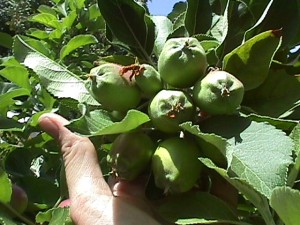
Tree Fruits And Nuts Resources Nc State Extension
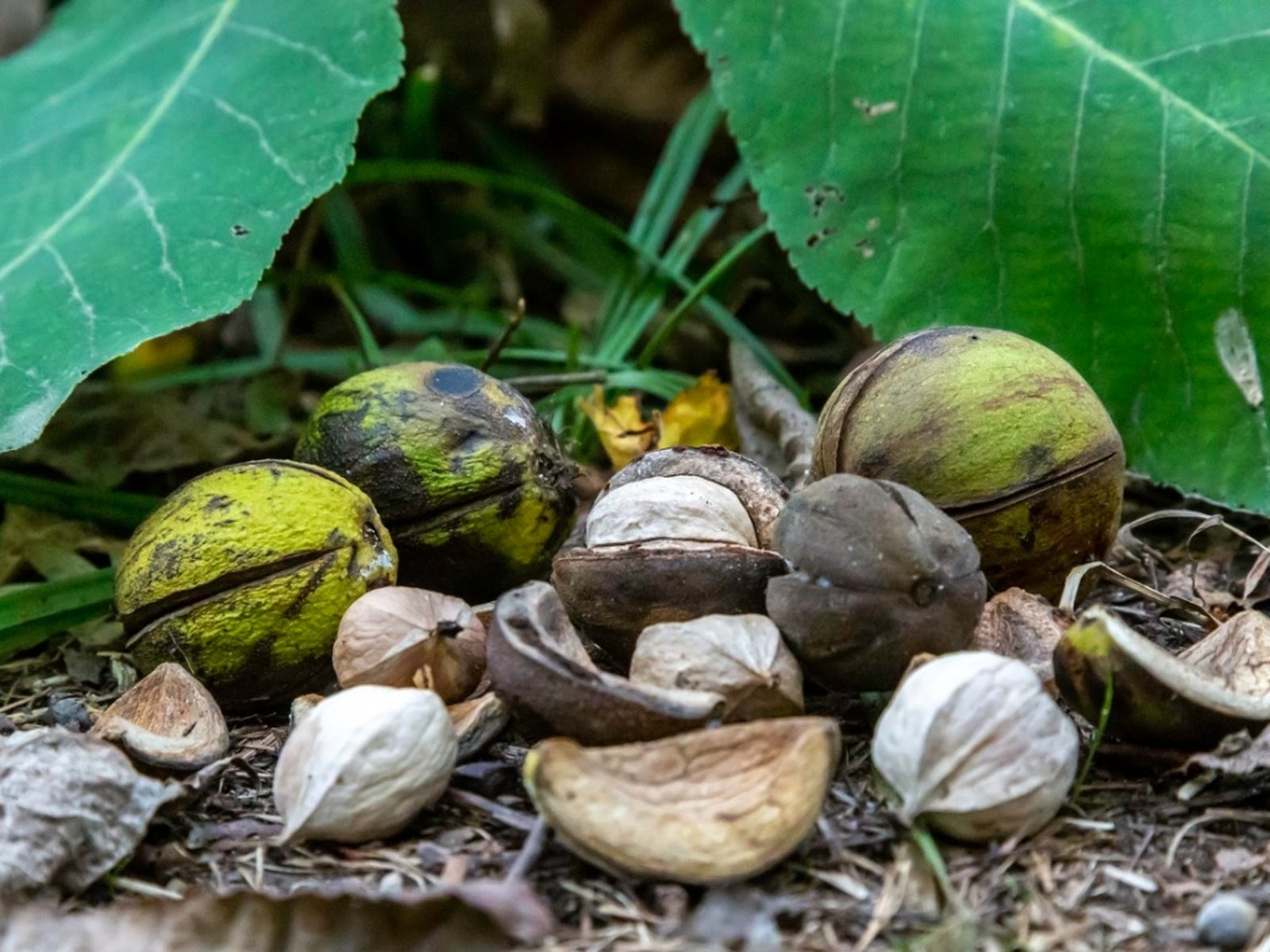
Storing Hickory Nuts When And How To Harvest Hickory Nut Trees
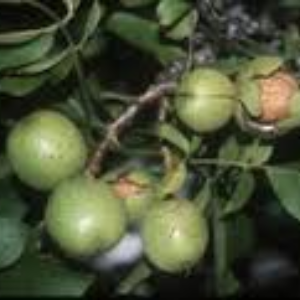
Other Edible Nut Trees Rhora S Nut Farm
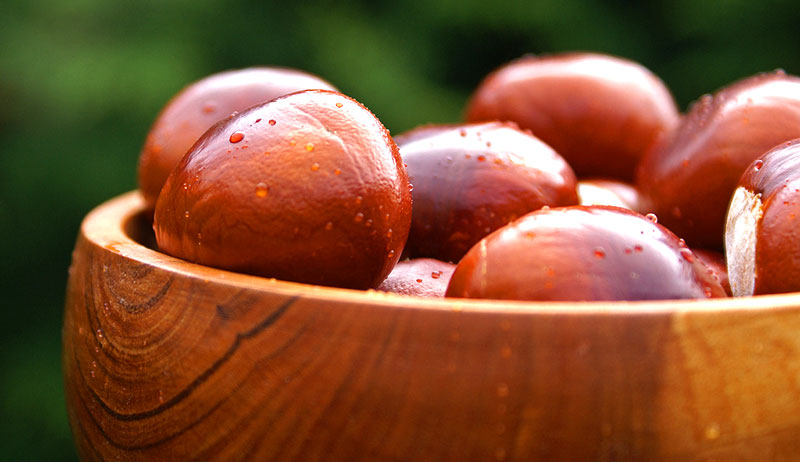
9 Types Of Nuts To Grow On Your Farm Hobby Farms

9 Types Of Nuts To Grow On Your Farm Hobby Farms
Shaggybark Tree Shagbark Hickory Carya Ovata
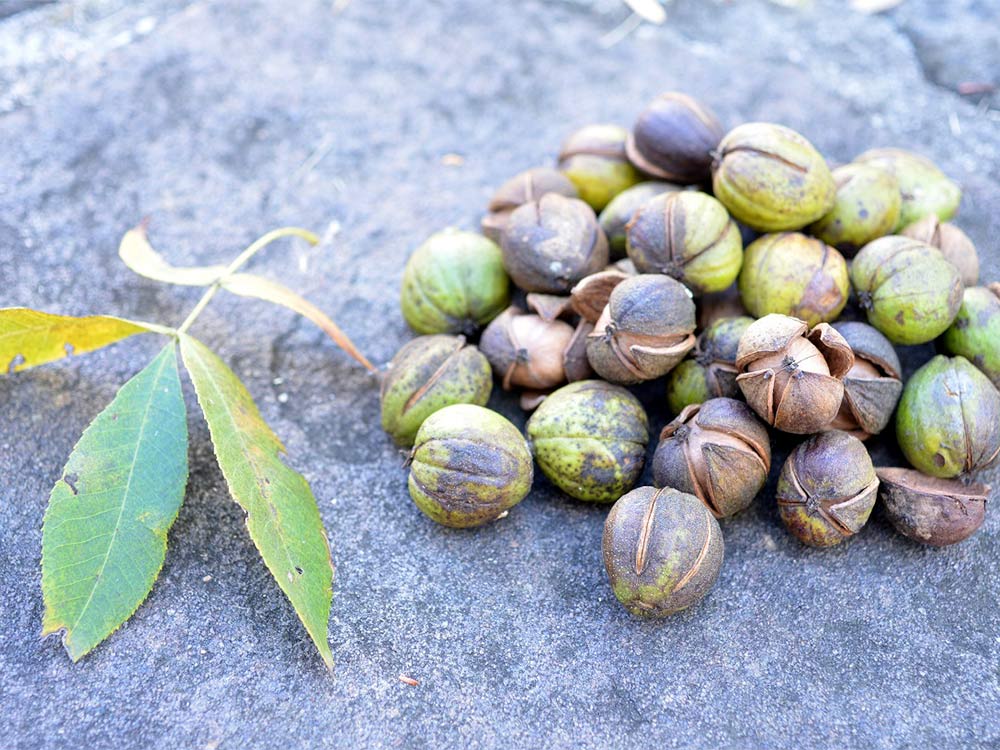
15 Trees Every Outdoor Lover Should Learn To Identify Outdoor Life
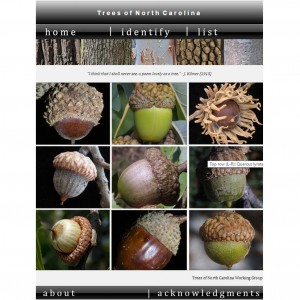
Nc Tree Identification Nc State Extension
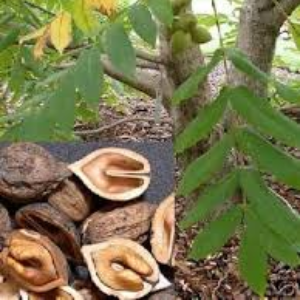
Other Edible Nut Trees Rhora S Nut Farm

15 Tree Fruit And Nuts Nc State Extension Publications
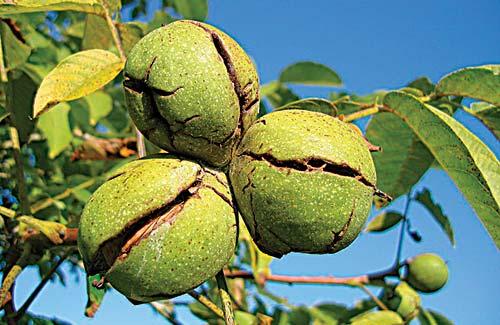
Nut Trees On Your Homestead Backwoods Home Magazine
.jpg)
15 Tree Fruit And Nuts Nc State Extension Publications

Hickory Trees Types Bark Leaves Nuts Pictures Identification

The Shagbark Hickory Nut The Art Of Eating Magazine
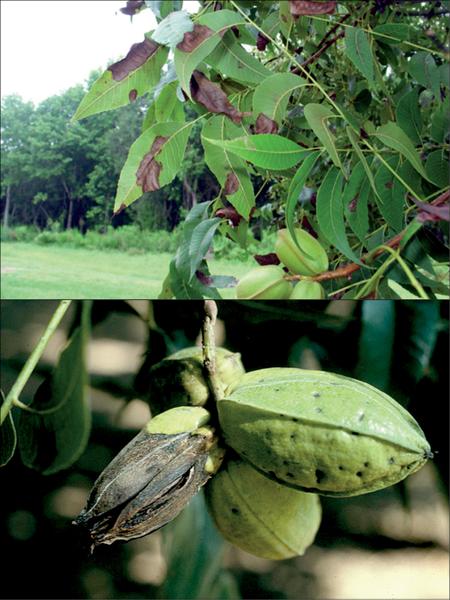
Growing Pecans In North Carolina Nc State Extension Publications
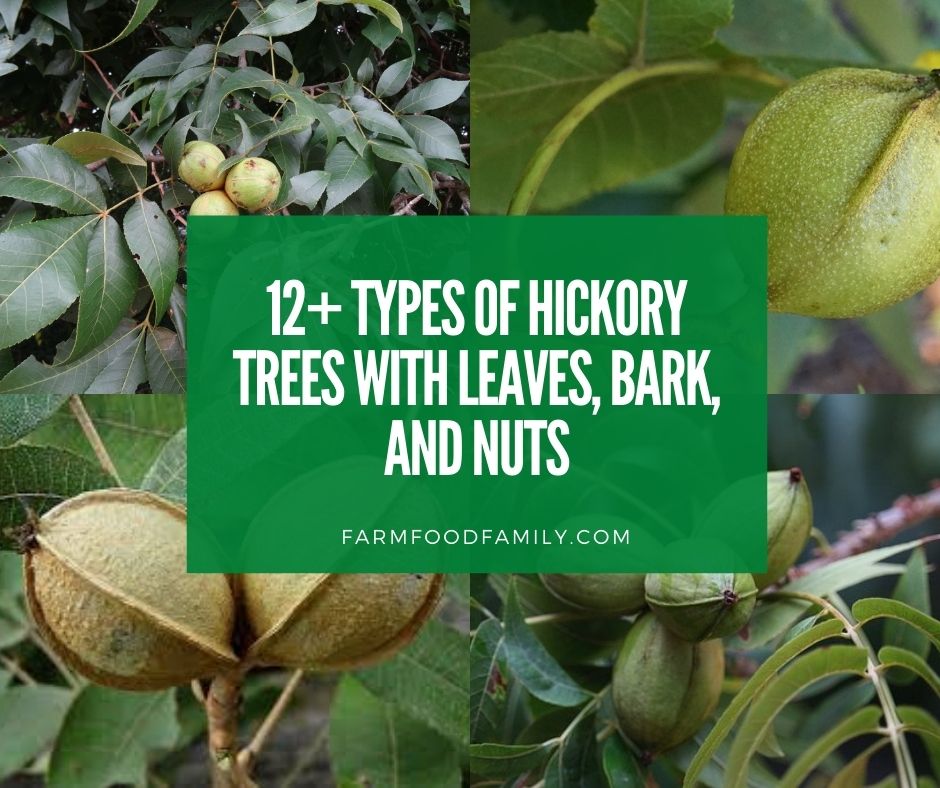
12 Types Of Hickory Trees Leaves Bark And Nuts Identification Guide


